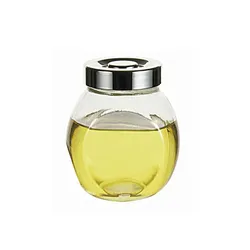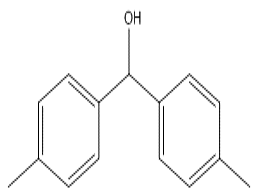Coriander Oil(CAS#8008-52-4)
| Hazard Symbols | Xi – Irritant |
| Risk Codes | R36/37/38 – Irritating to eyes, respiratory system and skin. R43 – May cause sensitization by skin contact |
| Safety Description | S02 – Keep out of the reach of children. S26 – In case of contact with eyes, rinse immediately with plenty of water and seek medical advice. S36 – Wear suitable protective clothing. |
| WGK Germany | 2 |
| RTECS | GM3150000 |
| Toxicity | The acute oral LD50 in rats was reported to be 4.13 g/kg (2.48-6.14 g/kg) (Hart, 1971). The acute dermal LD50 in rabbits was reported to be > 5 g/kg (Hart, 1971). |
Introduction
Coriander oil, also known as coriander seed oil, is an essential oil extracted from the seeds of the coriander plant. The following is an introduction to the properties, uses, preparation and safety information of coriander oil:Quality:- Coriander oil has the appearance of a bright yellow transparent liquid.- Its taste is fragrant, with a slight bitterness and pepper.- The main ingredients include chemicals such as saceryol, citral, limonone, etc.- Coriander oil will coagulate at room temperature, but will become liquid again when heated.Use:Preparation method:- Coriander oil is usually obtained from coriander seeds by distillation.- The coriander seeds are crushed first, then heated and evaporated by distillation equipment, and the distilled steam is condensed into a liquid, which is coriander oil.Safety Information:- Coriander oil is generally considered safe, but it is still necessary to pay attention to the appropriate amount during use to avoid adverse reactions.- When using coriander oil, avoid contact with eyes and mucous membranes and avoid excessive use.- In case of allergic reactions, skin irritation, or discomfort, stop using coriander oil immediately and consult a doctor.








